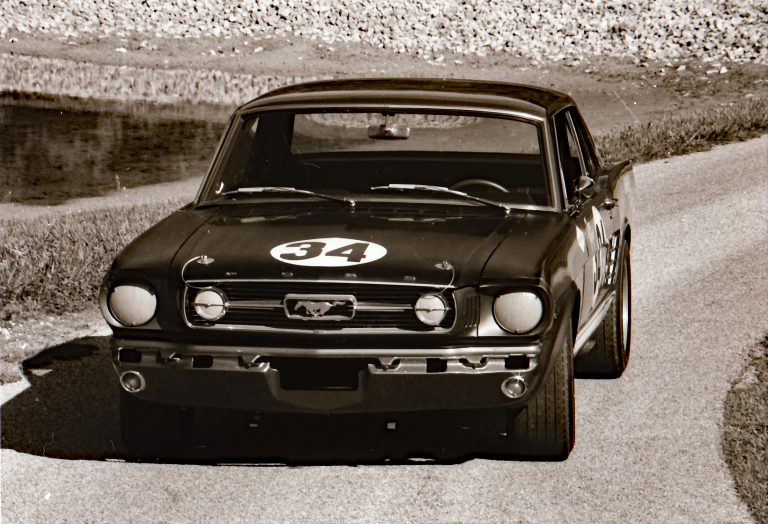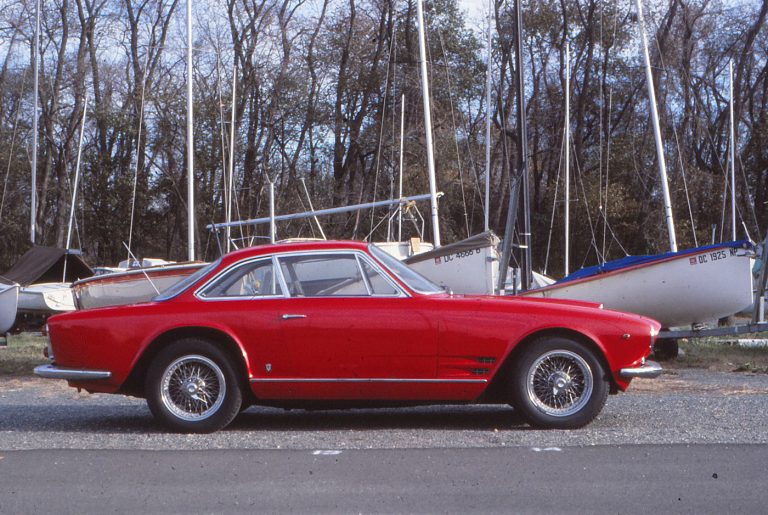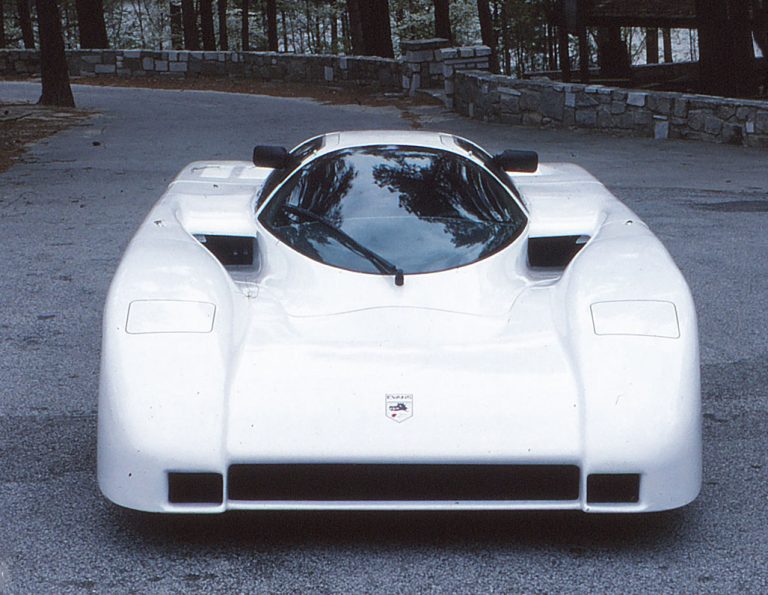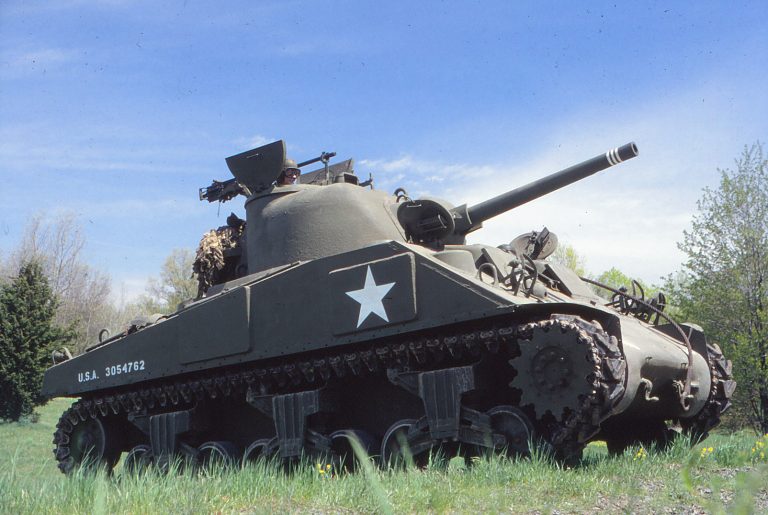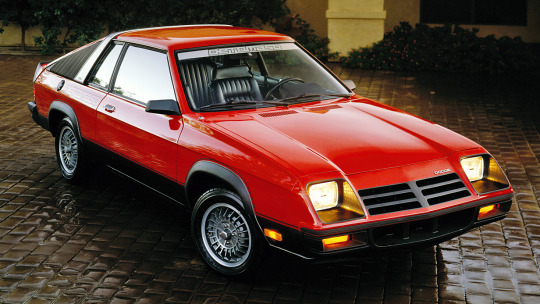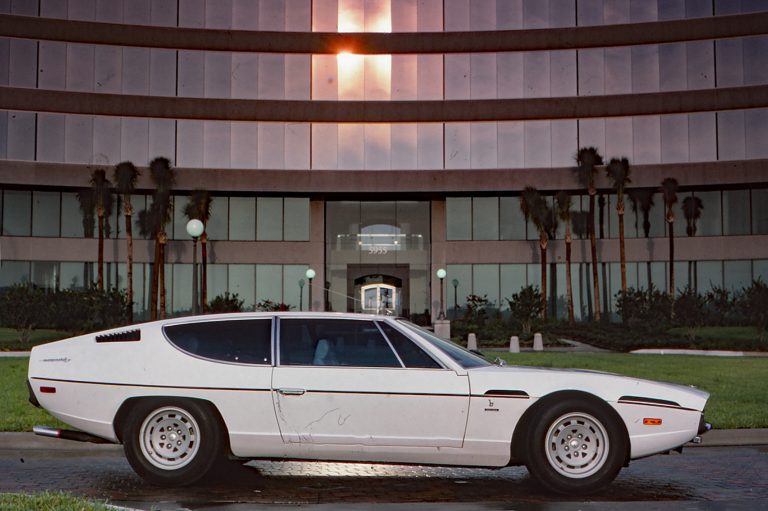History/driving impressions originally published in AutoWeek October 26, 1987; republished by the author
The blokes put Australia in the right place: On the other side of the globe, down under, a looking-glass world where everything is the same…only different.
Take the language. Americans and Australians both speak English, although their English is, to Americans, a ton of strange contractions and peculiar slang. Oh, we know that “G’day, mite” means “Hello,” but a North American eaves-dropping on a couple of Aussies needs a very attentive ear.
Or take the fauna. On both continents the mammal is the highest form of life. But our only marsupial, the opossum, is a fairly normal-looking mammal, despite being a marsupial. Down Under, on the other hand, is literally crawling (and walking and leaping and burrowing and whatever) with the pouched mammals. Only the dingo, the wild dog probably introduced by the Aborigines, and a few rodents comprise the native placental mammal population.
Or take the car. In Australia, the dominant automakers are General Motors and Ford. Just like you know where. And the cars they build are familiar as well. Some of them are based on English or European components, but there are also cars based on American models, too, and these fall into that same-only-different category. The Ford Falcon, for one, is readily identifiable as such but, well, it’s just kind of different.
The cars General Motors makes are the same/different, too. You won’t find the same nameplates Down Under, however. The cars the General makes go by the name Holden, a name that dates to 1917, first as a builder of bodies for chassis shipped to Australia. Originally Holden worked for all comers and in 1923 became the sole source of bodies for GM cars, including those built by GM Australia. In 1931, Holden succumbed to the Depression and was bought by General Motors.
Holden did not appear as a make until 1948, however. When it did, this “Australian car” proved an almost instant hit. Priding itself on building cars for Australian conditions, GMH tended to make austere if rugged vehicles, with a large percentage being “utes” – short for utility, a pickup-bedded car similar to the Chevy El Camino. And sedans always had four doors.
In July 1967, though, GMH tried a bold experiment and introduced the two-door Monaro and even a more sporty variant called the GTS. It was the size of North American GM compacts of the late ‘60s-early ‘70s and look something like Chevrolet’s Nova or Oldsmobile’s Apollo – but not quite. The base Monaro came with an Australian designed 161 cu. in. in-line 6 and the GTS with a 186 cu. in. six with an Opel four-speed. The US-built Chevrolet 307 cu. in. V8 with Powerglide two-speed automatic was an option for the GTS, and the 327 and a four-speed – built specifically to go head-on with the GT Falcons in touring car racing – was introduced before 1968 was out. About 1000 of the GTS 327 Monaro’s were made to meet homologation requirements, and either less or more than 1000 of the Chevy 307 powered coupes were built, depending on whom you ask.
The Monaro continued until 1976, subject to annual model changes, including the introduction of four-door models in 1972. The U.S. 307 lasted just a year, replaced in 1969 by an Aussie designed 308 (very similar to Chevrolet’s but recognizably different if you know your Chevies). In later years the US 350 was also used in the Monaro.
Australian-born engineer Derek Thompson, now living in Fallston, Maryland, owns a 1968 Monaro GTS originally equipped with a 307 V8. Bought from the original owner in Australia in 1984, it’s in virtually like-new condition inside and out despite its 108,000 miles. The original engine had to be replaced, however, having been damaged in shipment. Seems that Australia, with a generally warm climate, doesn’t use antifreeze. Seems the ship transporting Thompson’s Monaro traveled through sub-freezing temperatures. The block cracked. There is an American 350 in there now.
The GTS version included a heater, however, not usually standard on Aussie cars (and Thompson says that, oddly enough, Australians have been slow also to pick up on air conditioning, despite great stretches of the country being virtually desert). Also included in the GTS package were reclining bucket seats, a floor console with a tachometer, and the obligatory hood and side stripes. Options on this car were a skinny “wood rimmed” steering wheel, and upgraded AM radio (is face shows the call letters of the major radio stations in Australia in their location on the dial), overriders on the bumpers and wider wheels (now replaced with custom wheels).
About that steering wheel: If you look closely at the photograph you may notice that is on the right side of the car. Australians, like the British, drive on the “wrong” side of the road, thus resulting in a very American looking car with the opposite driving position.
The steering placement in Thompson’s Monaro makes for a peculiar driving experience. Although I have driven a number of right-hand-drive cars, most have been prewar and veddy veddy British. Shifting a floor mounted transmission with one’s left hand and being behind the wheel on the “wrong” side of a very American car really starts up the cognitive dissonance.
And it is a very American, very GM car (except for the lack of rattles, a tribute to Australian ruggedness?). The speedometer is the type where the needle sweeps across the horizontal band, rather than the round style preferred by enthusiasts, and the seats, although buckets, have virtually no side bolsters. One good corner and you slide right off. Road feel is limited and the steering lacks accuracy. It’s a chassis that feels more at home just cruising around than seeking out corners to carve. With the Chevy V-8, performance is brisk and there is that always welcome eight cylinder intake drone.
Overall it’s a long way from utilitarian but still only a first step down the road to performance. Holden, the first Australian car, has since become a leader in performance Down Under. But Monaro, a car that appears to be very American in style, has one more Aussie twist to it. Norm Darwin, author of The History of Holden since 1917, the closest thing to an authorized history of the marque, states that the name Monaro is derived from an Aborigine word meaning “high plains”…or “woman’s breasts.” That’s Australia. Like America, only different.




